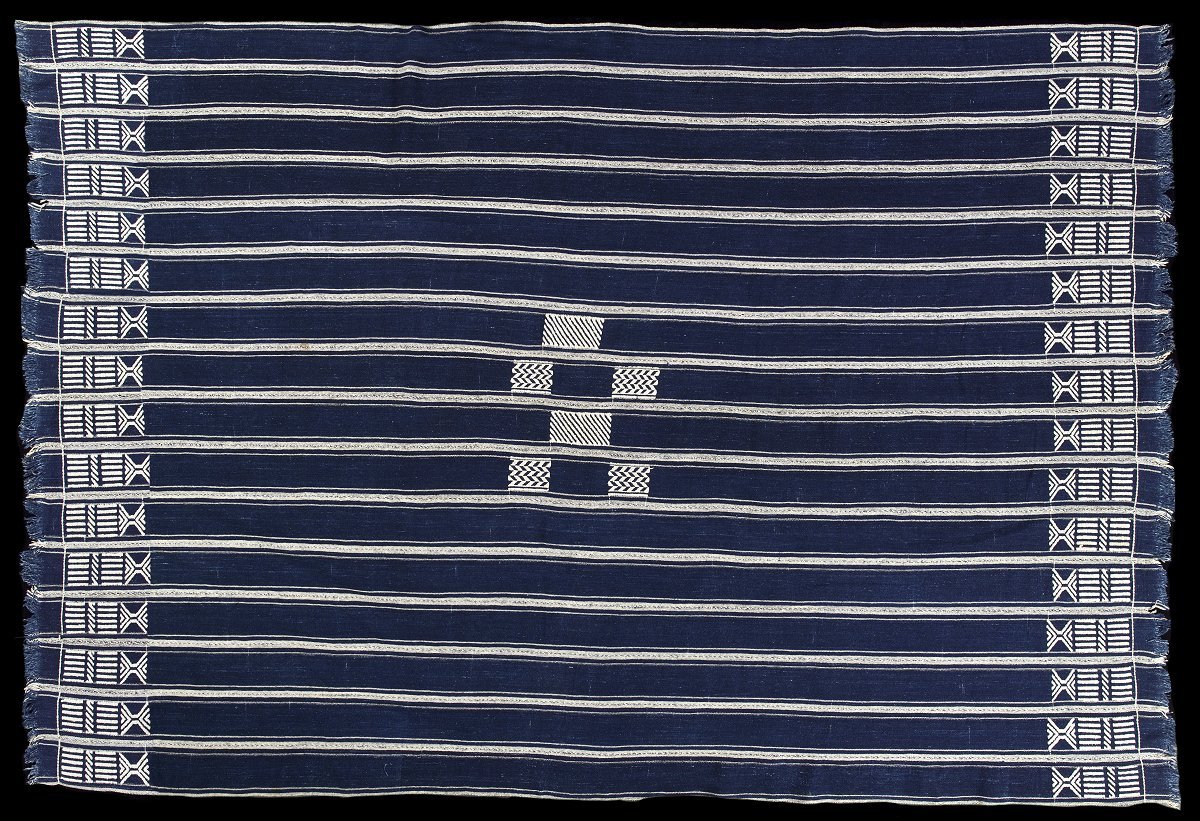With a background in the anthropology of craft work in West Africa and having spent time in a weaving workshop in Ghana, choosing the Guro loom pulley as the focus of my research at The Courtauld was relatively straightforward.
As a tool used to make cloth, I was familiar with the way the loom pulley may have been used by weavers and I knew something about its place within a wider West African context of textile production and carving.

The project’s challenge then has been communicating what I know as an anthropologist, first to my art historian colleagues in The Courtauld Gallery and then to a wider public.
The process of researching the pulley and presenting it for display has involved translating anthropological ideas into something that will make sense in an art gallery or museum.
Anthropology is a discipline that is based on intensive fieldwork, usually with a specific group of people, and often during a particular period in time. When anthropologists speak about what we know we are quite careful to say that our knowledge is partial and does not necessarily hold true for all places and times.
One of the main issues I faced in researching the pulley was that most of what we know about Guro weaving and carving comes from fieldwork carried out in Côte D’Ivoire relatively recently.
Like many African objects collected by connoisseurs throughout the 19th and early 20thcenturies that have subsequently ended up in gallery collections, very little is known about the actual circumstances in which this particular loom pulley was made, used and sold. Without this historical context, we are forced to rely on research carried out with Guro craftspeople in the past few decades.
Despite undoubted continuities between past and present, when working like this we have to be wary of assuming that nothing has changed in the ways objects are made and used. Although there will be a resemblance between the way a decorated loom pulley was made by Guro carvers in the 1980s and how a similar object was carved a century before, techniques, style, materials and the skill of craftspeople all change over time.
My challenge has been to look at what experts in both African Art History and Anthropology have had to say about Guro craftwork and come up with an interpretation of the loom pulley which is true to both disciplines, but that will also (and probably more importantly!) engage someone who is new to the wonders of African Art.
The job of translating current day anthropology into the past is not an easy one and I don’t know how well I’ve done- I suppose only the gallery visitors can be the judge of that!


